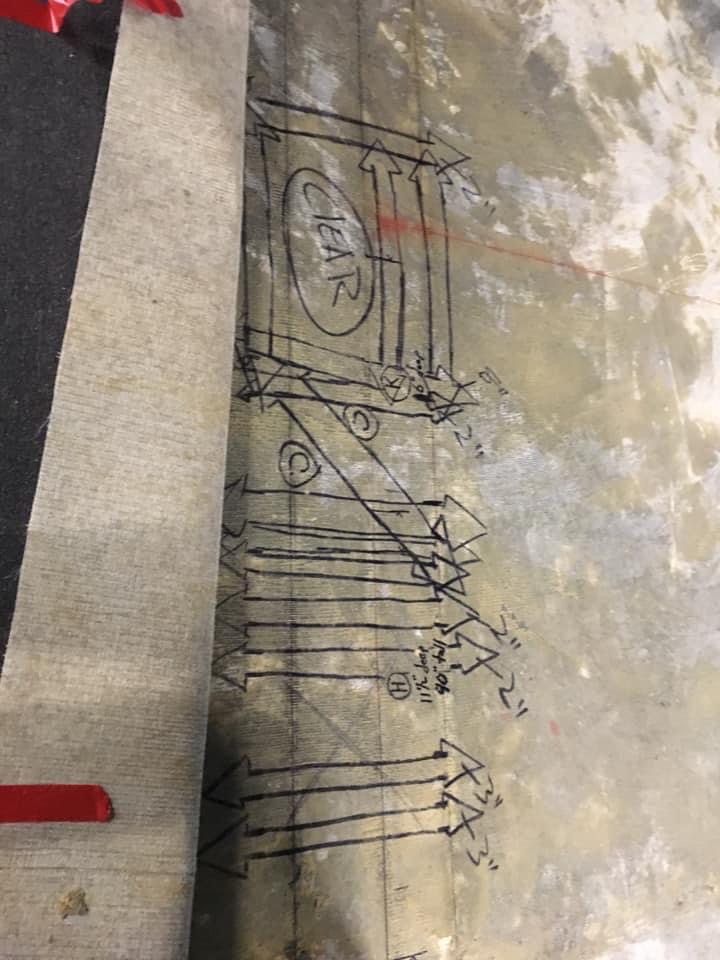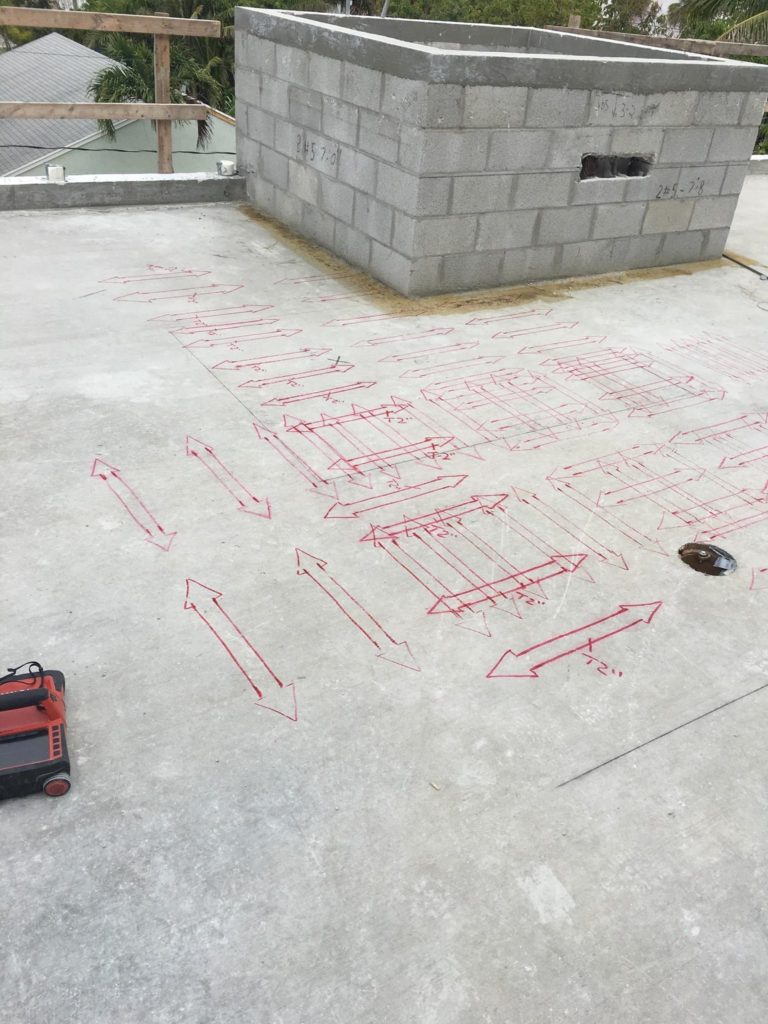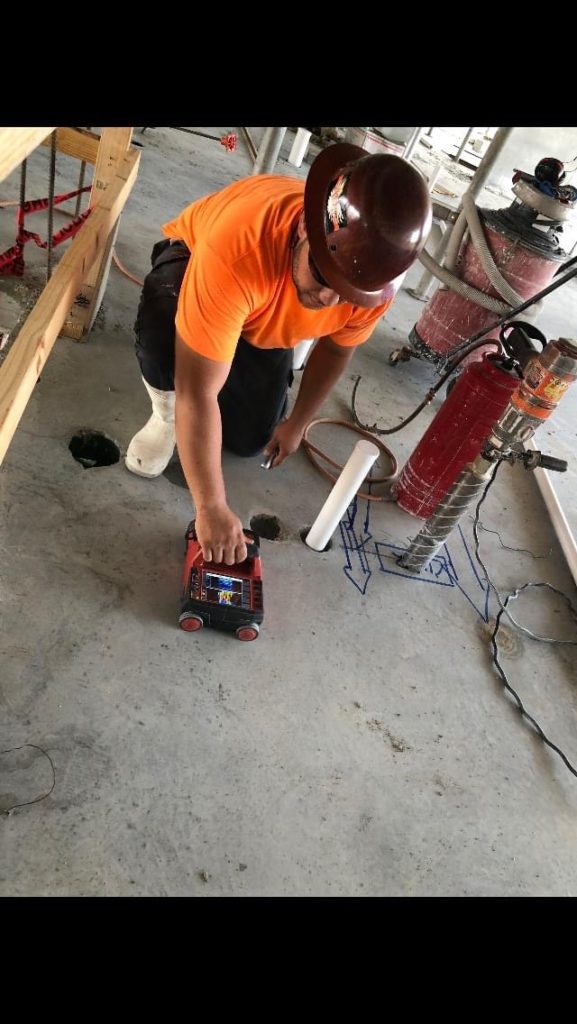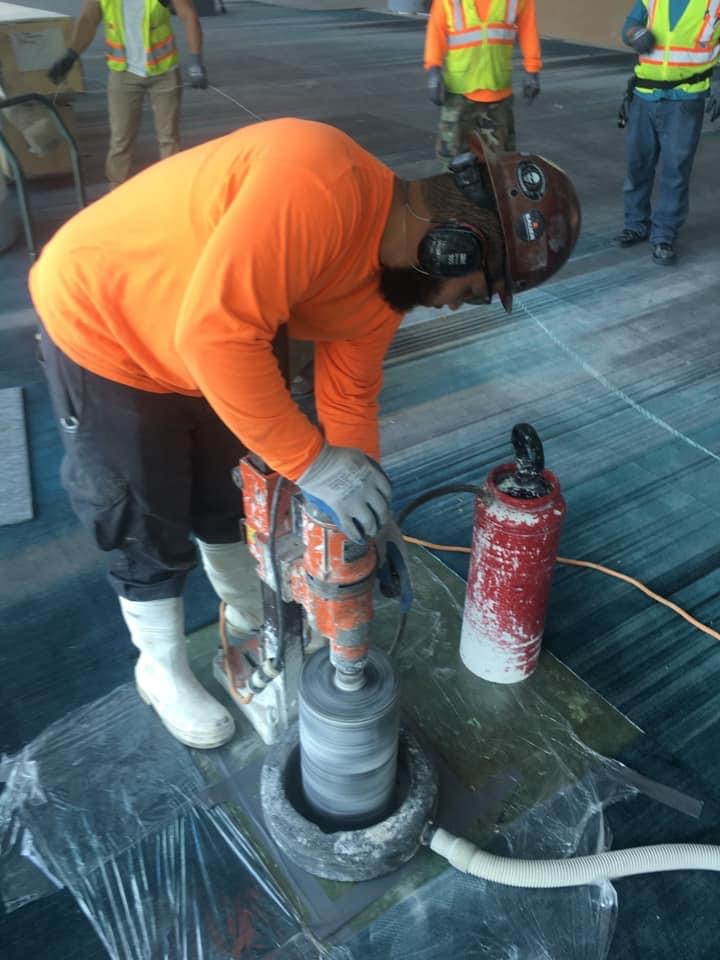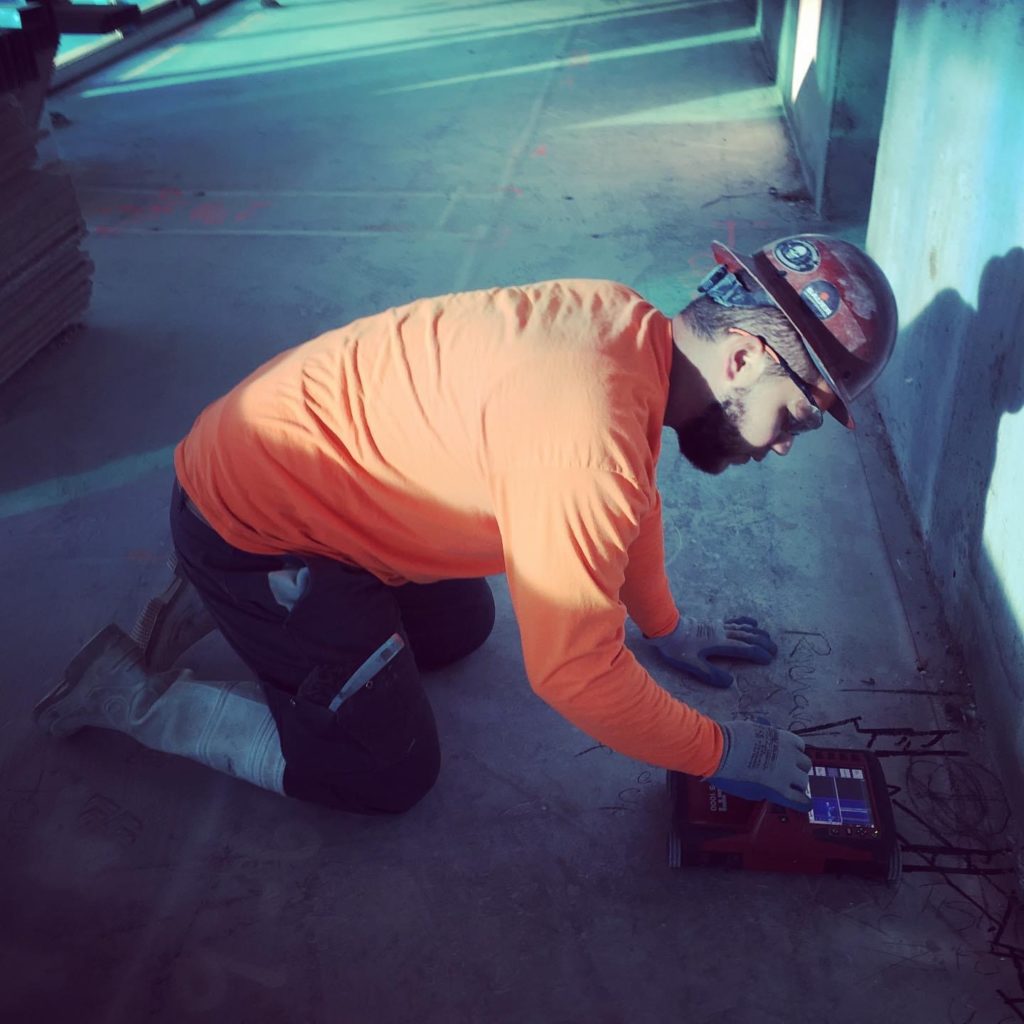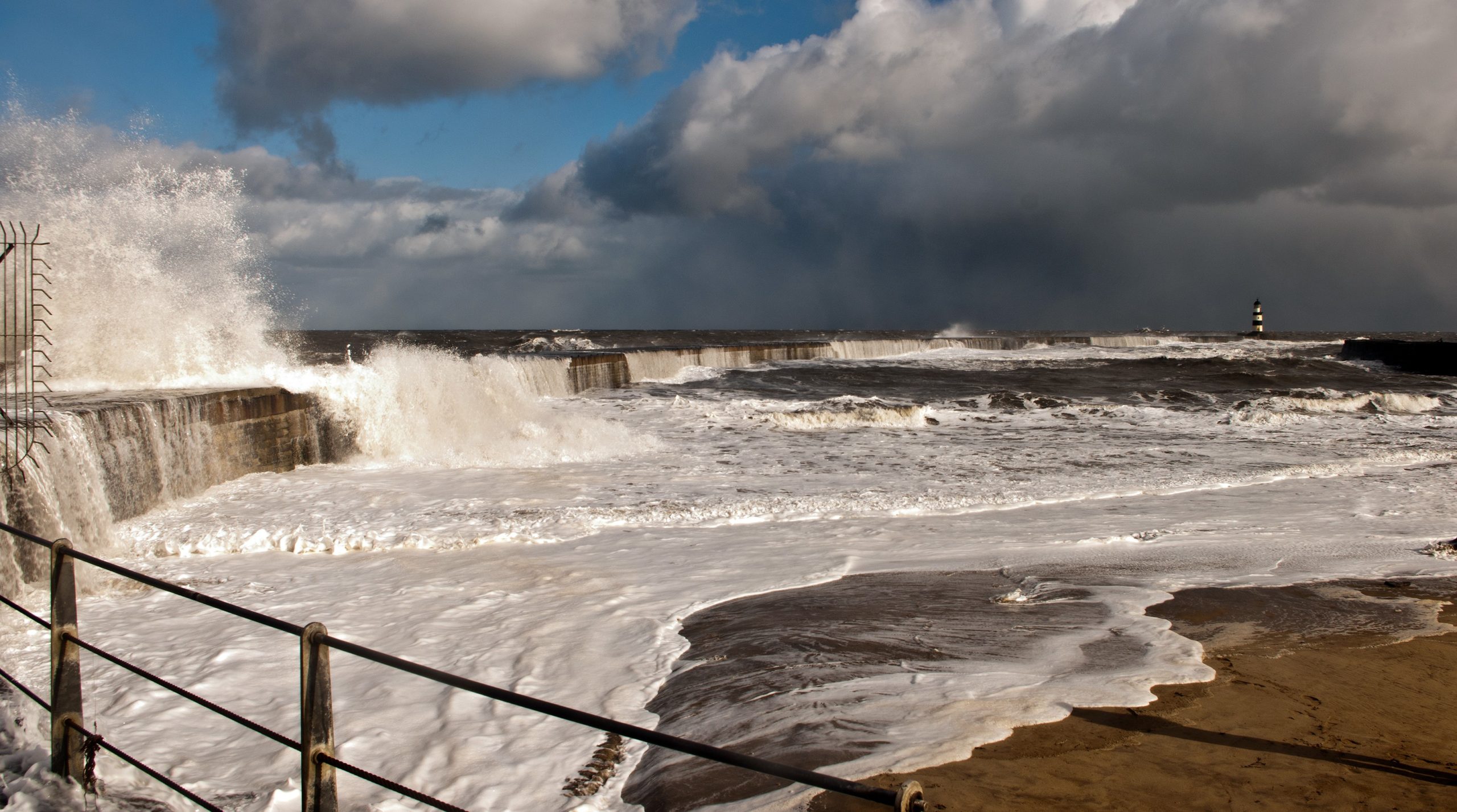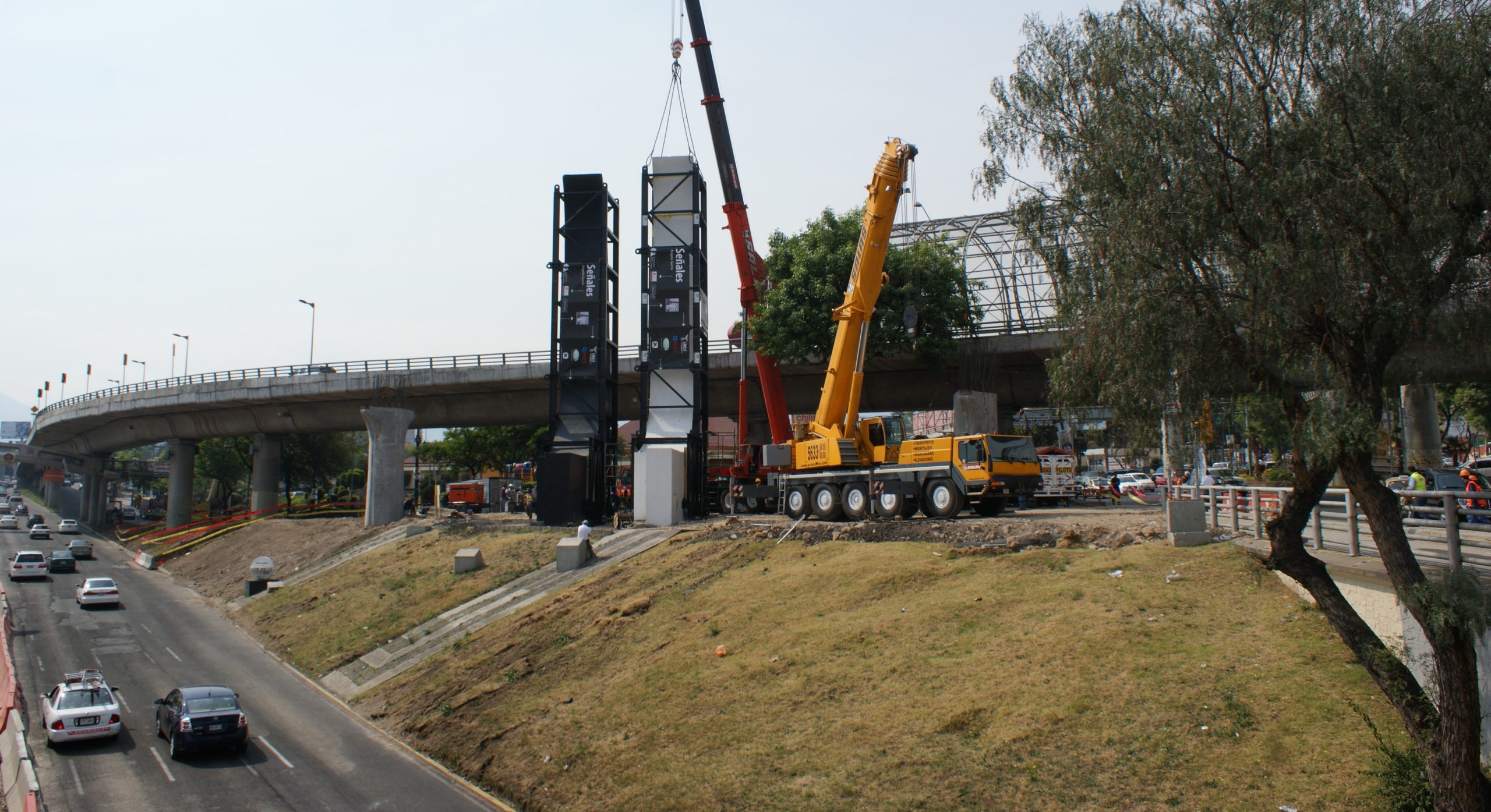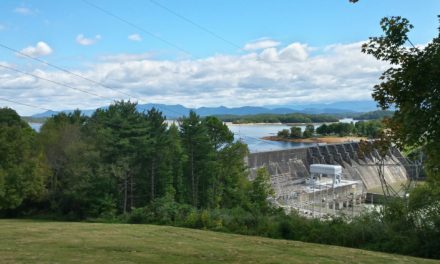
CSDA Contractor Scans for Post-tensioned Cables in Paradise
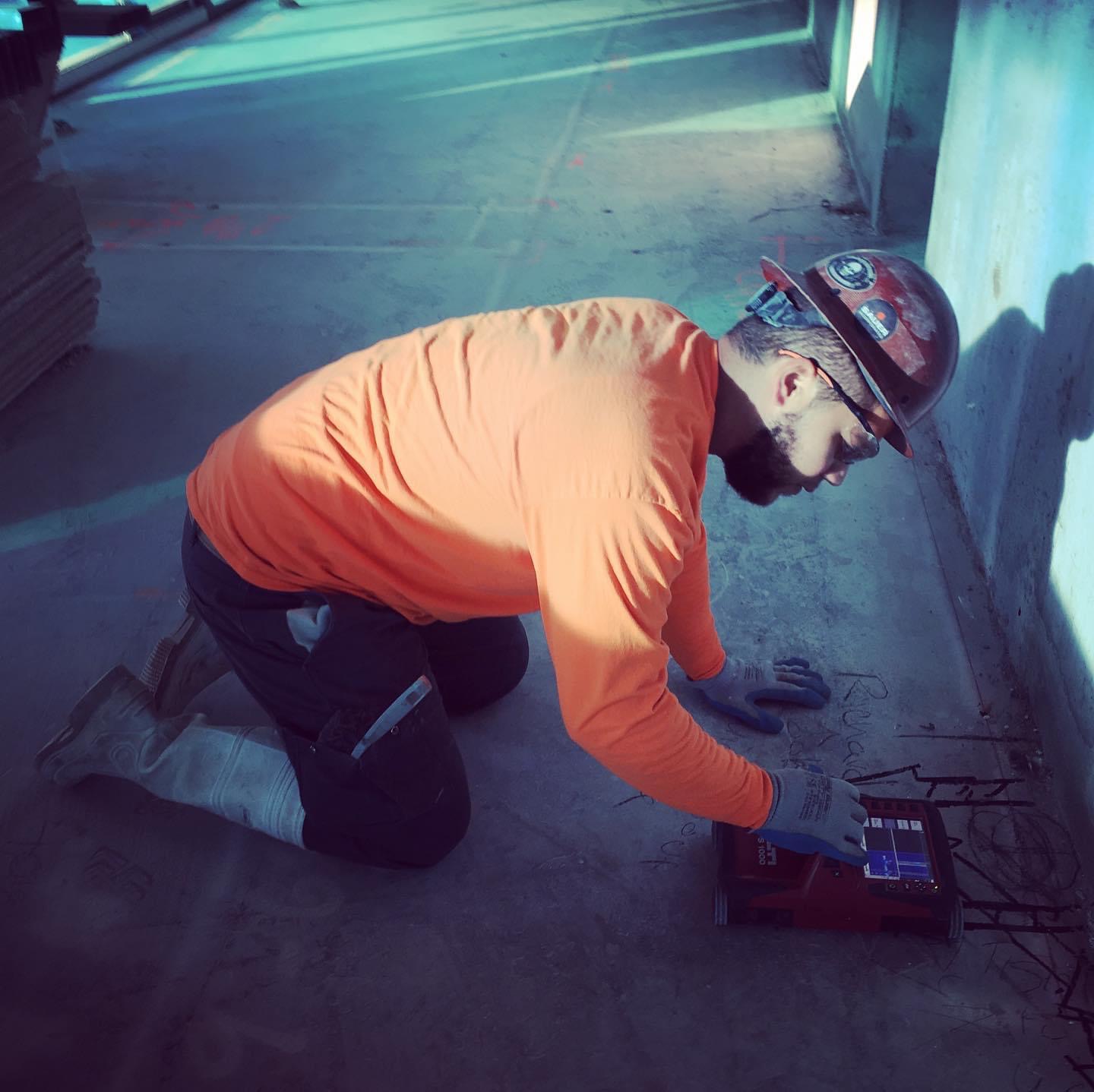
Imagine there are two armored tanks driving in opposite directions with a cable tethered between them. One could only imagine the possible damage and injury that could come from cutting a cable with that much tension on it. Post-tensioned concrete traditionally has steel cables or rod tendons running through the concrete. These cables are meant to hold the compressed concrete to offset the potential stress the concrete may face during construction and use. The cables are installed into ducts after the concrete has been placed and cured. One side of the cable will be anchored, and contractors will apply tension from the other end. This allows the structure to support much larger loads than pre-tensioned structures. It’s no surprise that these cables are under an enormous amount of pressure. When renovation occurs on these structures, it is a contractor’s utmost concern to avoid an unintentional cut of one of these cables. Accidentally cutting a cable can result in it whipping around and not only destroying the integrity of the building, but also killing anyone in its path.
Right Way Drilling and Scanning LLC, located in Tamarac, Florida, was contacted by General Contractor Miguel Davila to use Ground Penetrating Radar (GPR) to scan an area that was going to later be cut in order to run an electrical line for a floor box for the Paraiso Bay condominiums. They were specifically looking for post-tensioned cables so that Davila would not have to worry about the inevitable expensive repairs or possible bodily injury to operators if a post-tensioned cable was inadvertently cut. As the older and less popular option of using X-ray to scan concrete requires access to both sides of the slab and does not determine the depth of any features inside of the slab, GPR scanning was the best choice as it only requires access to one side of the slab and quickly determines the depth of any features inside of the concrete. Richard Semidey, owner and operator of Right Way Drilling and Scanning was happy to get this job done, and even more pleased that it was taking him to Midtown in beautiful Miami, Florida.
Using a Hilti PS 1000, Semidey scanned the concrete to locate the post-tension cables in order to see how deep they were embedded in the concrete slab. Once he was sure of the depth, he marked the Husqvarna Quick Cutsaw blade that was being used to cut a small trench for the electrical line. The trench was a 15-foot line measuring 2-feet wide by 2-feet deep with a single core drill hole at the end to contain the power box. The same process was used to core drill a single 5-inch hole with a Diamond Products Weka DK52. Semidey was sure to wear a face shield, respirator and all proper PPE during the concrete cutting and drilling. He also needed to use portable water supplies as there was no available water source at the job site.
Semidey was proud to get the job completed on time and within budget. He alone performed the GPR scan, the trench cut and the core drilling for this project. He went on to say, “I am very satisfied with how everything turned out. We are known for taking pride in our work and always finding a solution.”
CSDA contractors are known for their quality, professionalism and, in this case especially, service offerings. One contractor was able to complete the GPR scanning, sawing and drilling, saving the GC time and money. Right Way Drilling and Scanning was the Right Choice for this job!
Company Profile:
Right Way Drilling and Scanning LLC is located in Tamarac, Florida and been operating since early 2019. They currently have three trucks and four employees and offer concrete sawing and drilling, GPR scanning and utility locating. They have been a CSDA member since 2020.
RESOURCES
General Contractor
Miguel Davila
Concrete Cutting & Scanning Contractor
Right Way Drilling and Scanning LLC
Richard Semidey
Email: Richard@RightWayCutting.com
Tel: 954-383-8611
Instagram: @RightWayCutting
Methods Used
GPR Scanning, Hand Sawing, Core Drilling











